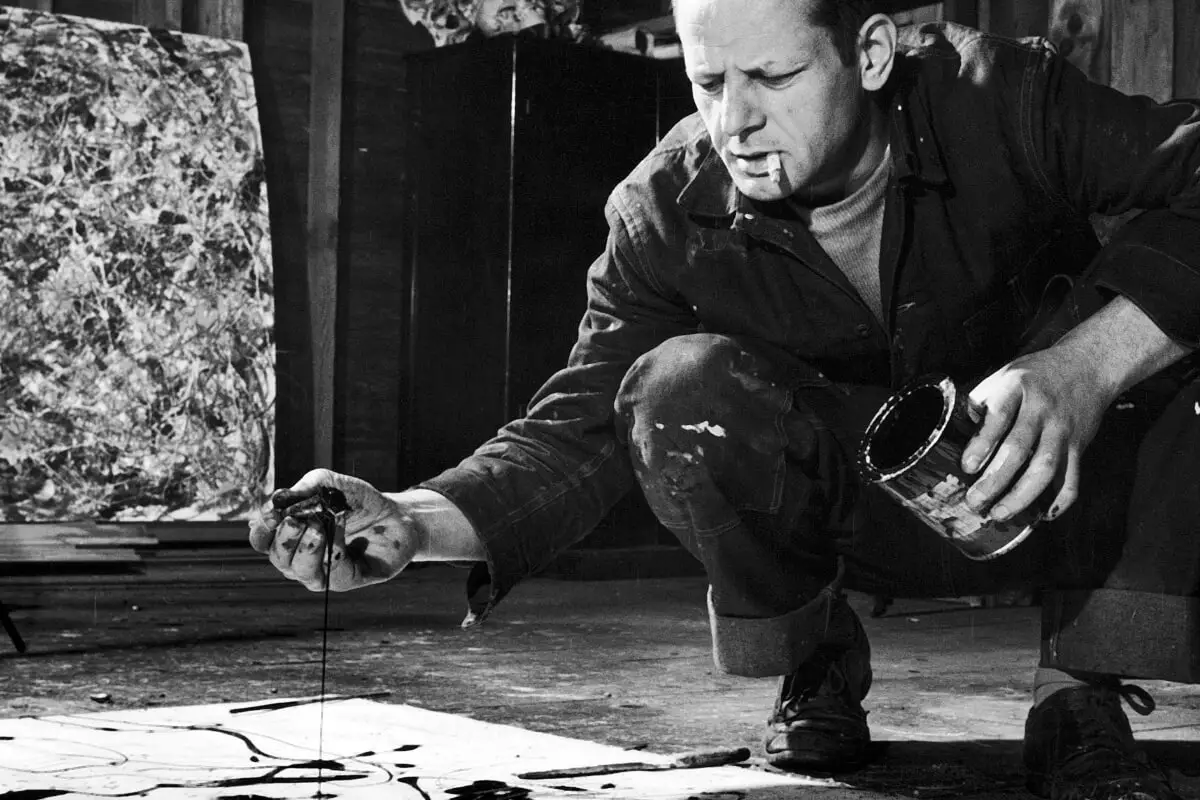The realm of art painting is a vibrant tapestry woven through the threads of time, permeated with the nuances of eras, cultures, and individualistic creativity. It is a melting pot of various forms and styles, a journey that begins from primitive cave paintings, navigating the grandeur of the Renaissance, the revolutionary strokes of Impressionism and Abstract Art, and the contemporary artistic expressions of today.
It is simultaneously an exploration of exquisite craftsmanship and an investigation into the theologies, politics, and social norms that have colored the canvas of human existence. A walk through this artistic realm unveils not just the changes in aesthetic preferences but the evolution of human thought and its reflection on society.
Table of Contents
- Evolution of Art Painting
- Critically Acclaimed Masterpieces
- Impact of Art Painting on Society
- Related Questions
Evolution of Art Painting
Since immemorial, art has been a robust expression that conveys human emotions, stories, and ideas. One can follow the entire journey of human culture and civilization through the evolution of arts, notably the art of painting.
Diverse and transformative, the world of painting is a mirror of societal, political, and personal transformations over centuries.
From the simple cave paintings of our caveman ancestors, characterized by depictions of animals and humans and impressions of their hands, painting has flourished alongside human history. These paintings, rudimentary but sophisticated in their design and execution, symbolize the innate human instinct to represent their world visually.
Art, in the form of painting, took a significant leap in the Ancient Egyptian era. Hieroglyphics and murals were commonplace in grand temples and burial chambers, revealing a civilization deeply entrenched in spirituality and mythology.
We focused on symmetry and proportion during this period, with an objective, hierarchical representation of figures and objects.
Moving to Greece and Rome, art moved towards depicting reality and human form more accurately. Fundamentals of perspective and shadowing started cropping up, rendering a sense of three-dimensionality to the paintings.
While Greek art leaned towards idealistic representation, Romans showcased more pragmatic depictions, flavoring their art with realism.
The Middle Ages brought the dominance of religious themes. While Byzantine art, with its stylized, flat, and gold-leaf backgrounds, held its charm, the Gothic period showcased more naturalistic portrayals, with a keen observation of light and color, preluding the Renaissance.
The Renaissance is perhaps one of Western art history’s most important epochs. A resurgence of interest in learning and exploration led to the creation of some of the most iconic paintings by artists such as Leonardo da Vinci, Raphael, and Michelangelo. Intricate, realistic, and encompassing perspective, these masterpieces wonderfully blend spirituality with empirical study and observation.
Impressionism in the late 1800s offered a significant departure from academic painting. Here, artists aimed to capture a scene’s light, color, and atmosphere rather than detailing specifics. Monet, Renoir, and Degas were pioneers whose en plein air works remain timeless masterpieces.
Modern and Contemporary art movements ushered in diverse art styles that reflect aspects of modern life. Cubism, by Picasso and Braque, entailed dissembling objects to recreate them from all visible perspectives on a two-dimensional surface.
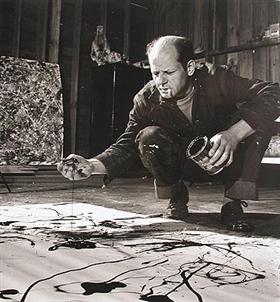
Abstract Expressionism, marked by Pollock’s “drip paintings,” values emotions and spontaneity over-representation. Pop art is inspired by popular culture and consumerism and incorporates commonplace objects and characters into art.
Art is a dynamic, ever-evolving entity. With the advent of technology, digital art has emerged as a new form of painting. Artists are increasingly experimenting with various software to create stunning pieces of art.
Meanwhile, traditional art forms continue to persist and morph, taking new directions and interpretations. What remains constant is the power of painting to captivate, intrigue, and challenge the viewer, then and constantly.
The evolution of painting is a testament to the boundless creativity and ingenuity of the human mind and the infinite possibilities of expression that lie before us. It is indeed a journey as remarkable as the human spirit itself.
Critically Acclaimed Masterpieces
Cracking into the enigma of what designates a painting as a ‘masterpiece’ requires delving into the intricate layers of critical appraisal, historical influence, and emotional impact. Just as art itself is beautifully complex, defining a masterpiece is a multifaceted task not to be taken lightly.
Emerging from creative chaos, masterpieces are often powerful agents of change. They encourage society to critically analyze norms and conventions, nurturing a layered discourse across barriers of language, gender, and nationality.
Art interprets life from varied perspectives, and masterpieces are often forward-thinking, ahead of their time, challenging the status quo. Pablo Picasso’s Les Demoiselles d’Avignon is an example that broke the traditional perspectives in art, shaking the foundation of aesthetics.
Masterpieces encapsulate the zeitgeist – the spirit of their time. Their radiance typically transcends generations, resonating with various audiences across time.

For example, Vincent Van Gogh’s Starry Night continues to captivate audiences despite being created over a century ago. Its ethereal beauty, dramatic brushwork, and distinctive color palette make it an enduring cultural icon.
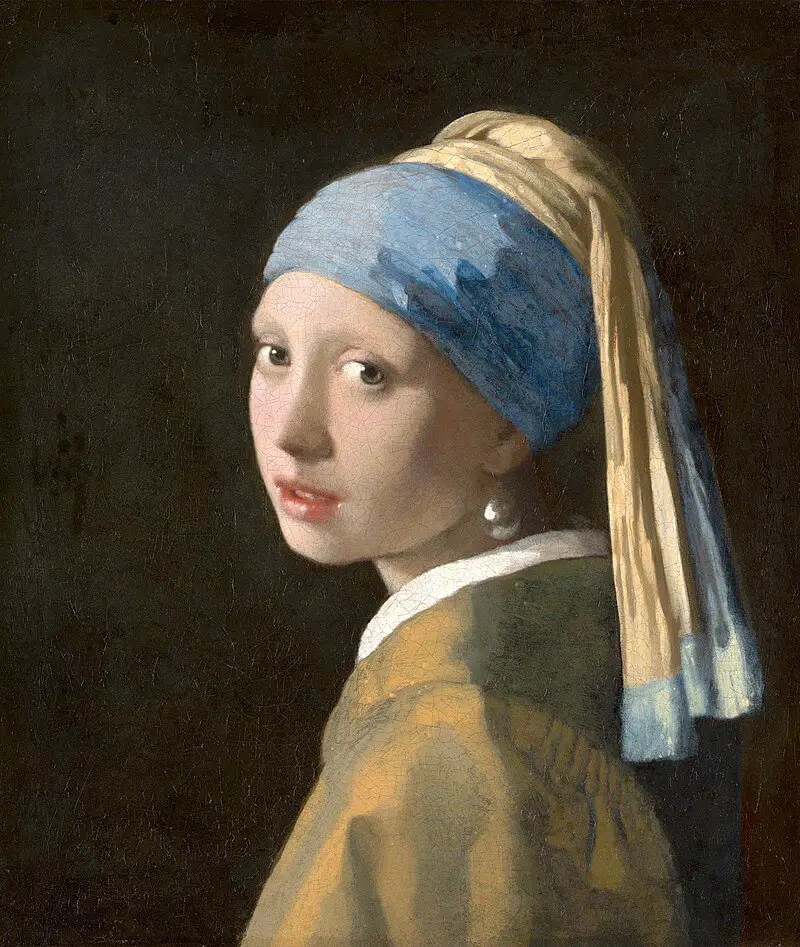
Furthermore, the brilliance of a masterpiece often lies in the meticulous detail and remarkable skill of the artist. From the lifelike glow in Vermeer’s Girl with a Pearl Earring to the precise anatomical details in Leonardo da Vinci’s Vitruvian Man, the unparalleled craftsmanship and artistic prowess set these pieces apart.
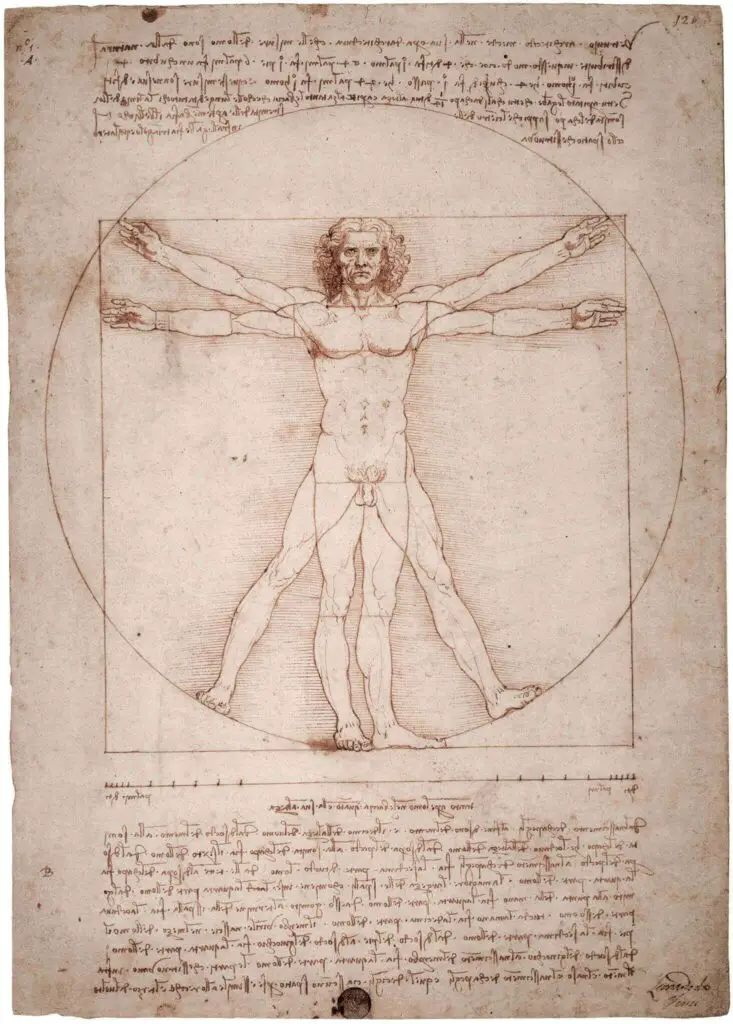
Masterpieces often elicit strong emotional responses, both positive and negative. They make us feel. They challenge, excite, and, at times, deeply move us. In all their minimalist grandeur, Mark Rothko’s color field paintings can evoke profound emotions, inviting introspection.
Simply put, these masterpieces become influential landmarks in the trajectory of art history. Spanning different styles and movements, they provide a lens through which societal changes, evolving philosophies, and shifts in perception can be tracked. From realism and romanticism to postmodernism, each masterpiece is a cultural artifact, contributing to the broader narrative of artistic evolution.
However, while all of this is true, it’s also essential to remember that art’s beauty lies in subjectivity. A masterpiece to one person could be utterly meaningless to another. This is the enigmatic charm of art; it’s fluid and ever-evolving, just like our personal tastes and cultural perspectives.
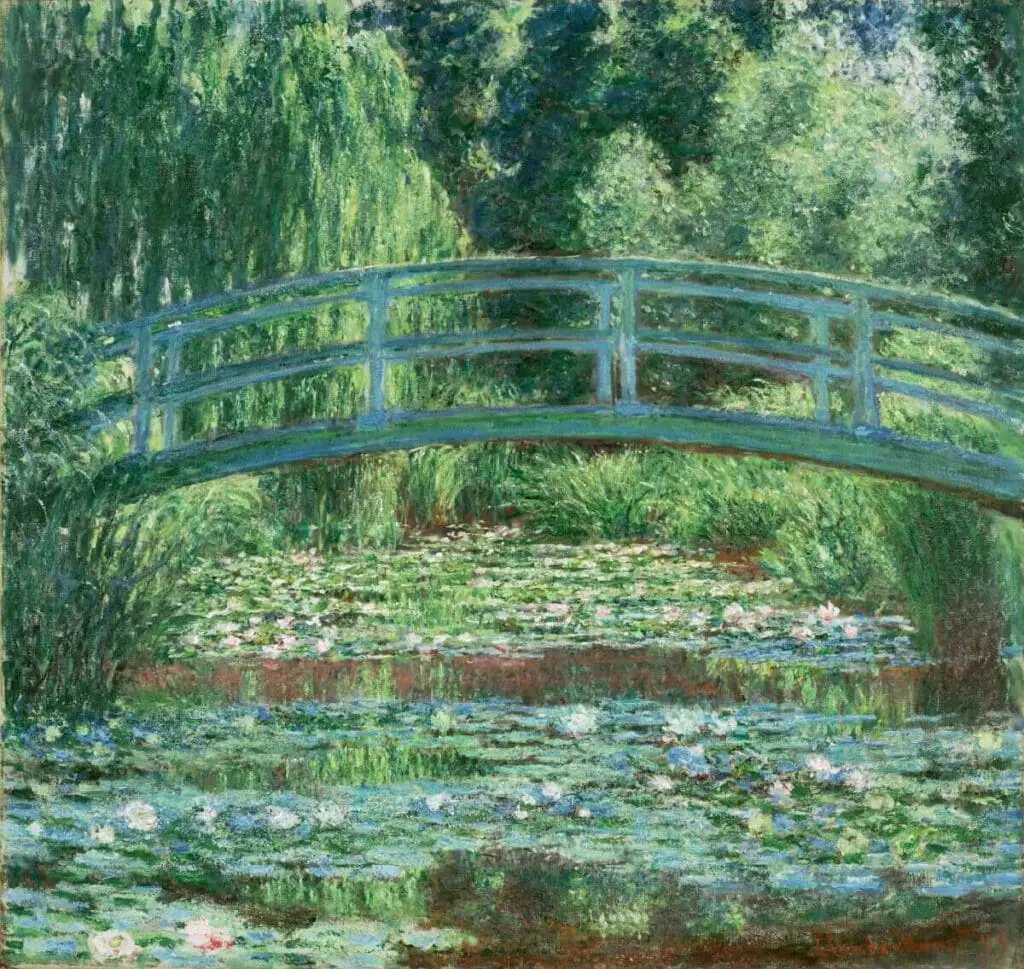
Interpreting masterpieces, then, is a unique process for each individual. Whether deeply enamored by Monet’s Water Lilies or utterly confounded by Jackson Pollock’s chaotic drip paintings, interpretation is deeply personal. It’s a reflection of one’s experiences, thoughts, and emotions, inviting viewers to engage with art in a way that is uniquely their own.

Delving into the realm of art offers a rich, mesmerizing maze of endless roads, inviting individuals to embark on a journey of discovery, inspiration, and emotional resonance. Unraveling the enigma of what transforms a painting into a masterpiece may not have one unambiguous, standard answer.
Yet, this intricate exercise of understanding masterpieces, reflecting on their depth, interpreting their stories, and relishing their beauty makes the art world extraordinarily intriguing.
Impact of Art Painting on Society
Renowned art paintings have left an indelible imprint on society and culture, forging a symbiotic relationship where art shapes culture and vice versa. In each era, each movement holds a gem of a masterpiece, prompting questions and influencing the period’s zeitgeist. A defining feature of a masterpiece is its complexity.
Far from simple decor pieces, masterpieces are riddled with deeper meanings and underlying narratives, creating a complex tapestry woven with various threads of socio-cultural strands. These works act as mirrors and maps, reflecting the artist’s perceptions while guiding viewers through corridors of time, change, and human emotion.
Masterpieces act as potent change agents, often propelling societal critique and sparking conversation. Art has a unique ability to shed light on political, social, and environmental issues, offering a visual commentary that can incite thought, provoke discussion, or inspire transformation.
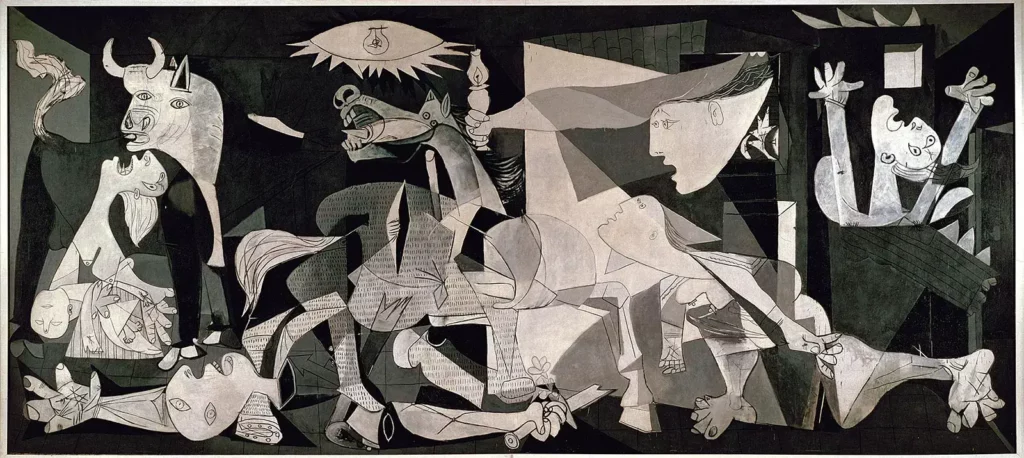
Pablo Picasso’s ‘Guernica,’ for example, served as a horrifying depiction of the atrocities of war, thus resonating with the global sentiment during that era.
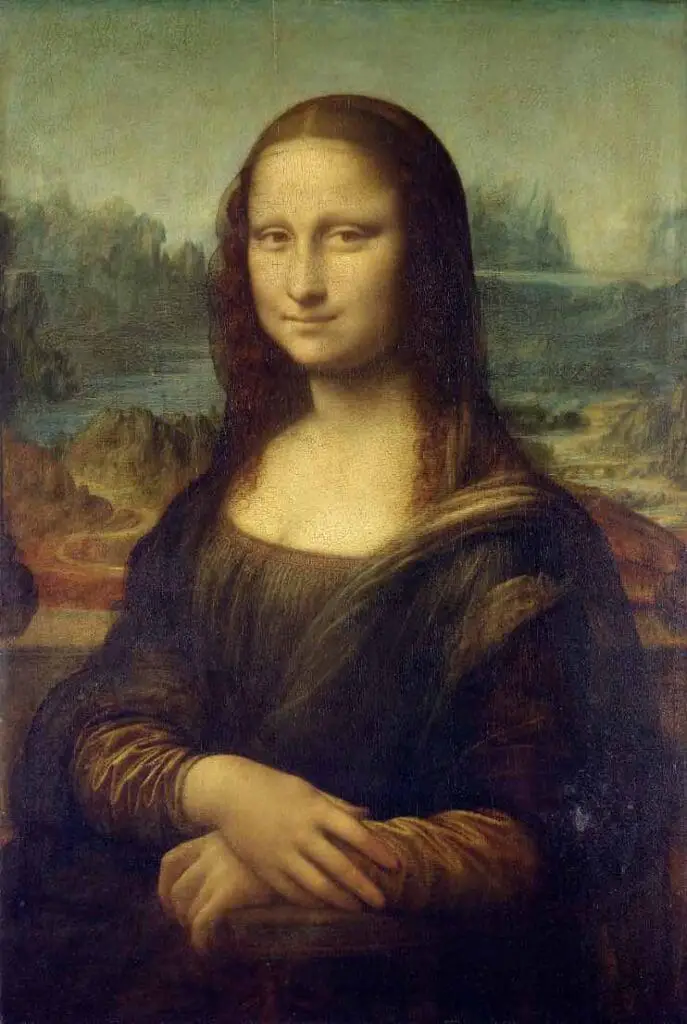
Masterpieces transcend the boundaries of their time and carry an enduring appeal, their influence spanning generations. Leonardo Da Vinci’s ‘Mona Lisa’ continues to intrigue centuries after its unveiling. These timeless pieces remain culturally relevant, influencing subsequent art forms and challenging societal norms and perceptions.
A noticeable feature of every masterpiece is the craftsmanship and skill involved in its creation. This is more critical in classical or realistic art styles, where precision and skill are equally crucial to the aesthetic outcome.
Great masters like Michelangelo and Rembrandt were known for their unparalleled proficiency and attention to detail, their works refining and redefining the echelons of artistic skill.
Artworks have the incredible ability to evoke profound emotional responses. They can incite joy, sadness, anger, or even confusion, compelling viewers to think, reflect, and often change. The empathy stirred by these paintings can bridge cultural gaps, altering perspectives and promoting understanding and acceptance.
Such masterpieces are pivotal milestones in art history and cultural evolution. They represent the ethos of an era, encapsulating the aesthetic and thematic preferences of the time. In contrast, they also pave the way for new ideas, inspiring progressive movements and fresh interpretations.
Art, especially masterpieces, is subjective. Many may revere a painting, yet it may not resonate the same way with everyone. This personal interpretation and catharsis is the beauty of art, the accurate indication of its expressive power. It invites viewers to engage intimately, urging them to delve into the depths of their perception and understanding.
The exploration of art unravels a captivating journey of discovery and inspiration. Every brushstroke, every color, and every form becomes a language in itself. Art invites, incites, nurtures curiosity, and ignites the imagination, fostering an unending dance between perception and creation.
In conclusion, famous art paintings’ societal and cultural influence is profound and extensive. They are not merely creative expressions but influential entities that reflect, critique, stimulate, and usher in change.
Through their timeless appeal, superior craftsmanship, and rich narratives, masterpieces are catalysts, wielding the power to transform the viewer and society. The journey of art is an ever-evolving testament to the unparalleled potential of human creativity and the profound ways in which it shapes and is shaped by society and culture.
Anita Louise Art is dedicated to art education, great artists, and inspiring others to find and create their art. We love art that uplifts and inspires. #ArtToMakeYouSmile! #ArtToMakeYouHappy!
If you want to see any of my art, you can find out more by clicking here. If you are interested in what inspires me and my paintings, you can discover more by clicking here.
We have a free newsletter and would love you to be part of our community; you can subscribe to the newsletter by clicking here. I would be happy to talk to you if you have any questions. You can reach me, Anita, by clicking here.
Subscribe to our Anita Louise Art YouTube Channel with great videos and information by clicking here.
Join us for our podcast “5 Minutes With Art.” Spend just 5 minutes a week with us to discover and learn about great art and artists. You can find out more about our podcast by clicking here.
Related Questions
Discovering The Timeless Beauty Of 9 Carl Larsson Paintings
Carl Larsson was a Swedish artist who lived from 1853 to 1919. He is best known for his beautiful watercolor paintings depicting idyllic family life and the Swedish countryside. Larsson’s paintings are characterized by their vibrant colors, rich textures, and attention to detail, and they continue to inspire and captivate viewers worldwide.
By clicking here, you can learn more by reading Discovering The Timeless Beauty Of 9 Carl Larsson Paintings.
Where Can I See George Morrison, Native American Modernism Paintings?
George Morrison is considered one of the great Native American Artists. He had a unique style of art that brought in Native American thought and motifs in a modern and abstract expressionist way. His works are found at the Minnesota Museum of American Art; some are in collections at the Heard Museum, Minneapolis Institute of Art, Philadelphia Museum of Art, Walker Art Center, and Whitney Museum of American Art.
By clicking here, you can learn more by reading Where Can I See George Morrison, Native American Modernism Paintings?
12 Years Leonardo Painted Mona Lisa’s Lips, Facts Or Fiction?
There is no evidence to show that Leonardo da Vinci spent 12 years painting the Mona Lisa smile. Most scholars believe that he painted the painting in 4 years but then had the painting much longer in his possession. He could have worked on it a bit or adjusted it when he had it in his possession, but there is no evidence to show that.
By clicking here, you can learn more by reading 12 Years Leonardo Painted Mona Lisa’s Lips, Facts Or Fiction?

